-
5 g
The amount of high-quality graphene made in less than a second through a new, low-cost synthesis method that rapidly heats carbon-based materials (Nature 2020, DOI: 10.1038/s41586-020-1938-0).
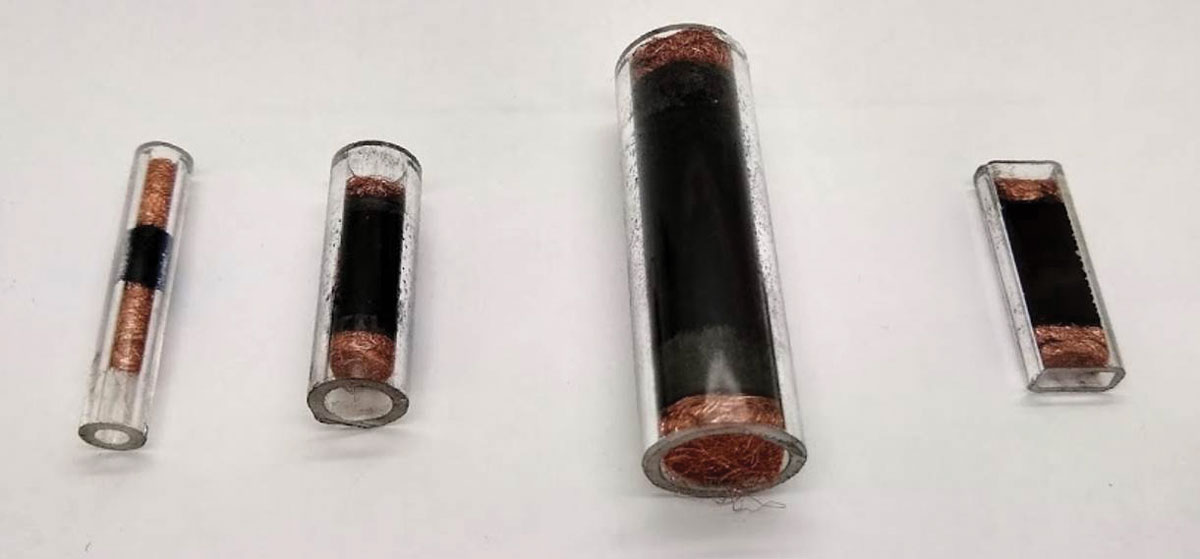 Credit: Nature
Credit: Nature -
100
The number of sugar units in the longest polysaccharide ever synthesized. Chemists used automated methods to make the linear chain as well as a 151-unit branched molecule (J. Am. Chem. Soc. 2020, DOI: 10.1021/jacs.0c00751).
-
349,164
The number of proteins found in a 100-species proteomic analysis, doubling the previous total of proteins identified by scientists (Nature 2020, DOI: 10.1038/s41586-020-2402-x).
-
10 and 12
The numbers of qubits in quantum computers (example shown) used by Google scientists to simulate diazene isomerizations in the largest molecular quantum calculation to date (Science 2020, DOI: 10.1126/science.abb9811).
-
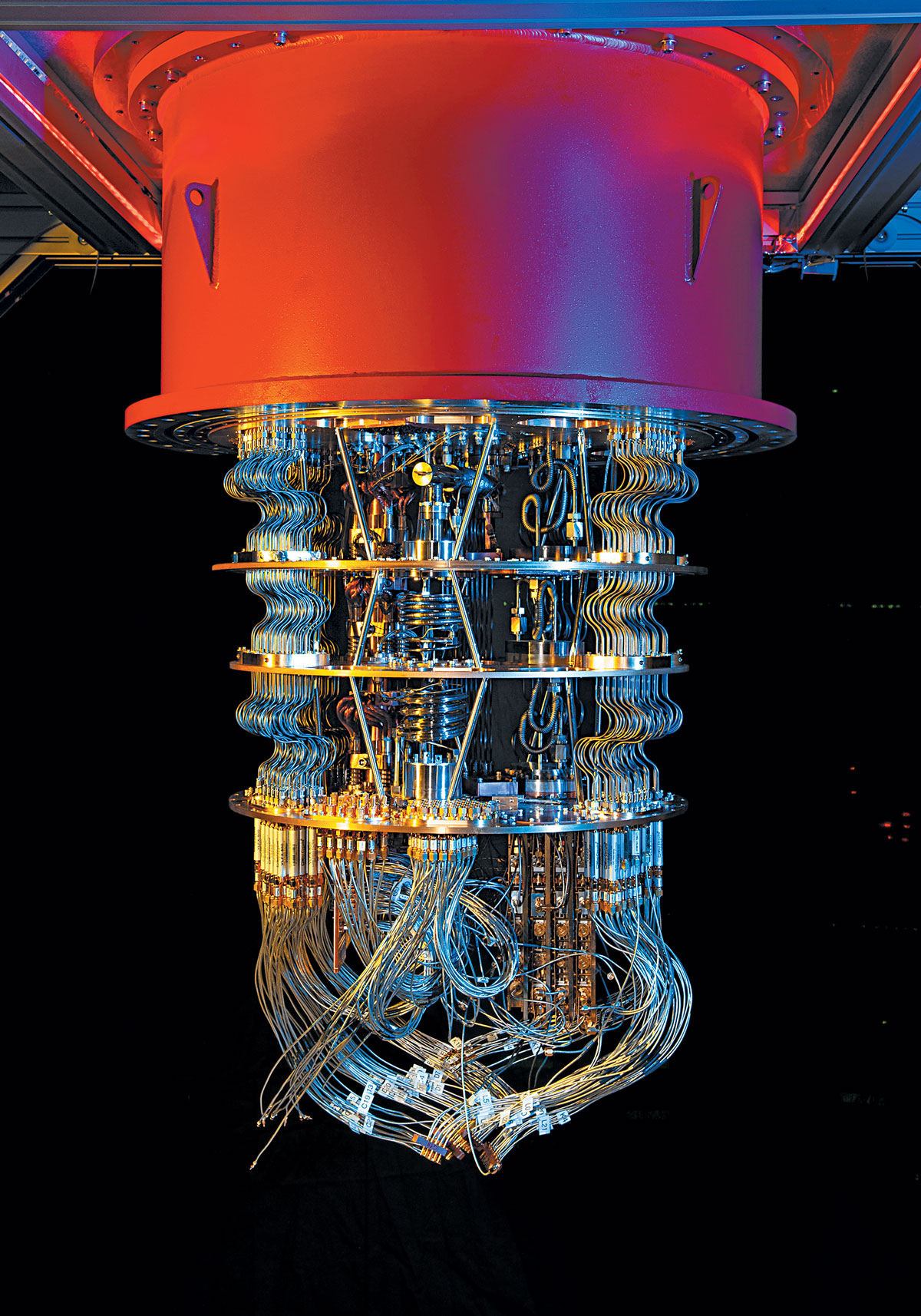 Credit: James Crawford/Google AI Quantum
Credit: James Crawford/Google AI Quantum -
>20
The number of enzymes in a pathway engineered in baker’s yeast to make the medicinal tropane alkaloids hyoscyamine and scopolamine. The pathway could make it easier to synthesize the drugs, which are usually derived from compounds harvested from Duboisia shrubs (example shown) (Nature 2020, DOI: 10.1038/s41586-020-2650-9).
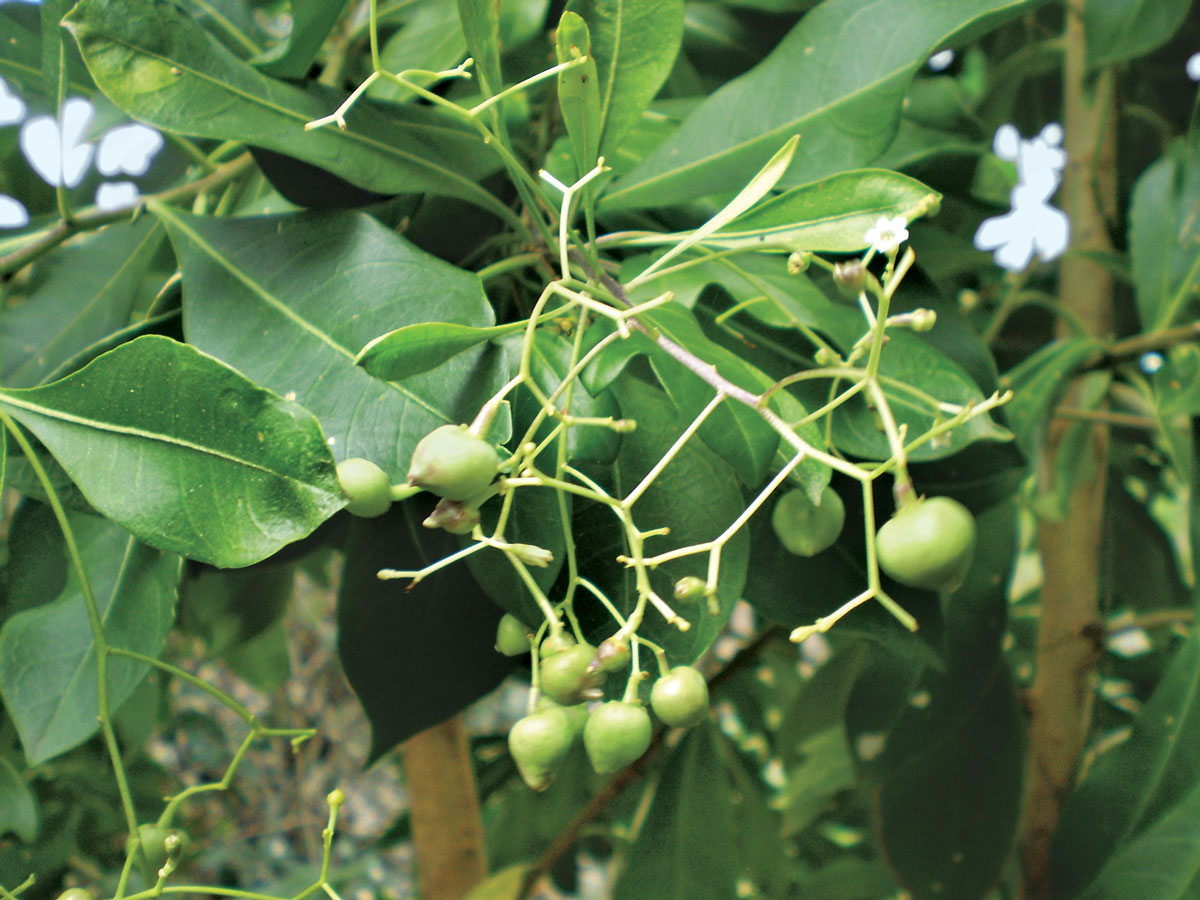 Credit: John Moss/Wikimedia Commons
Credit: John Moss/Wikimedia Commons -
48 km
The distance downwind of a Chemours factory in West Virginia where scientists discovered two chemicals that are part of the per- and polyfluoroalkyl substances (PFAS) family, demonstrating that air emissions have been a major distribution route for the pollutants (Environ. Sci. Technol. 2020, DOI: 10.1021/acs.est.9b07384).
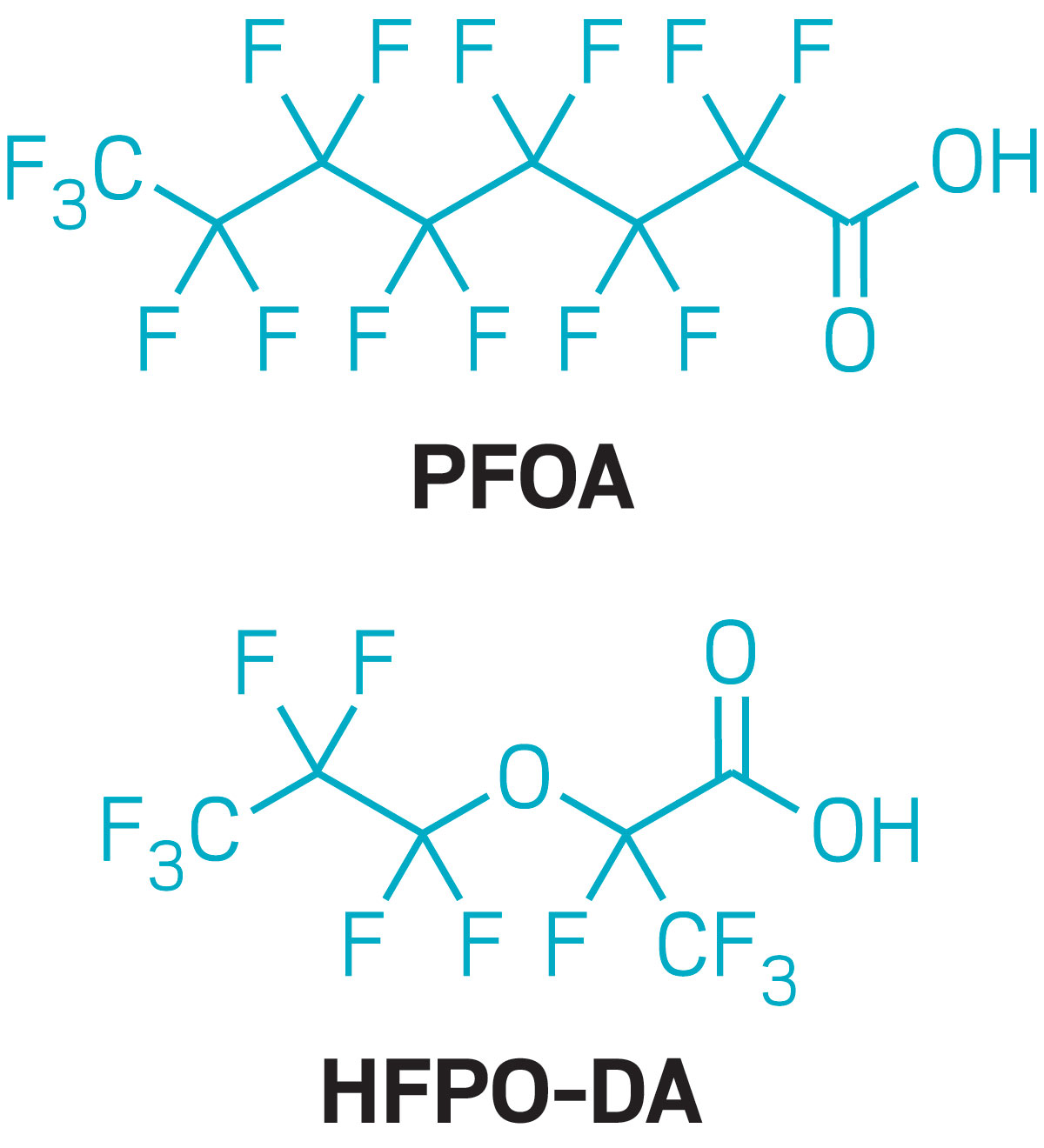
-
4 nm
The radius of the region of molecules, which surround a protein of interest, that researchers can tag with an iridium photocatalyst. The technique allows scientists to scan for protein-protein interactions on cell surfaces (Science 2020, DOI: 10.1126/science.aay4106).
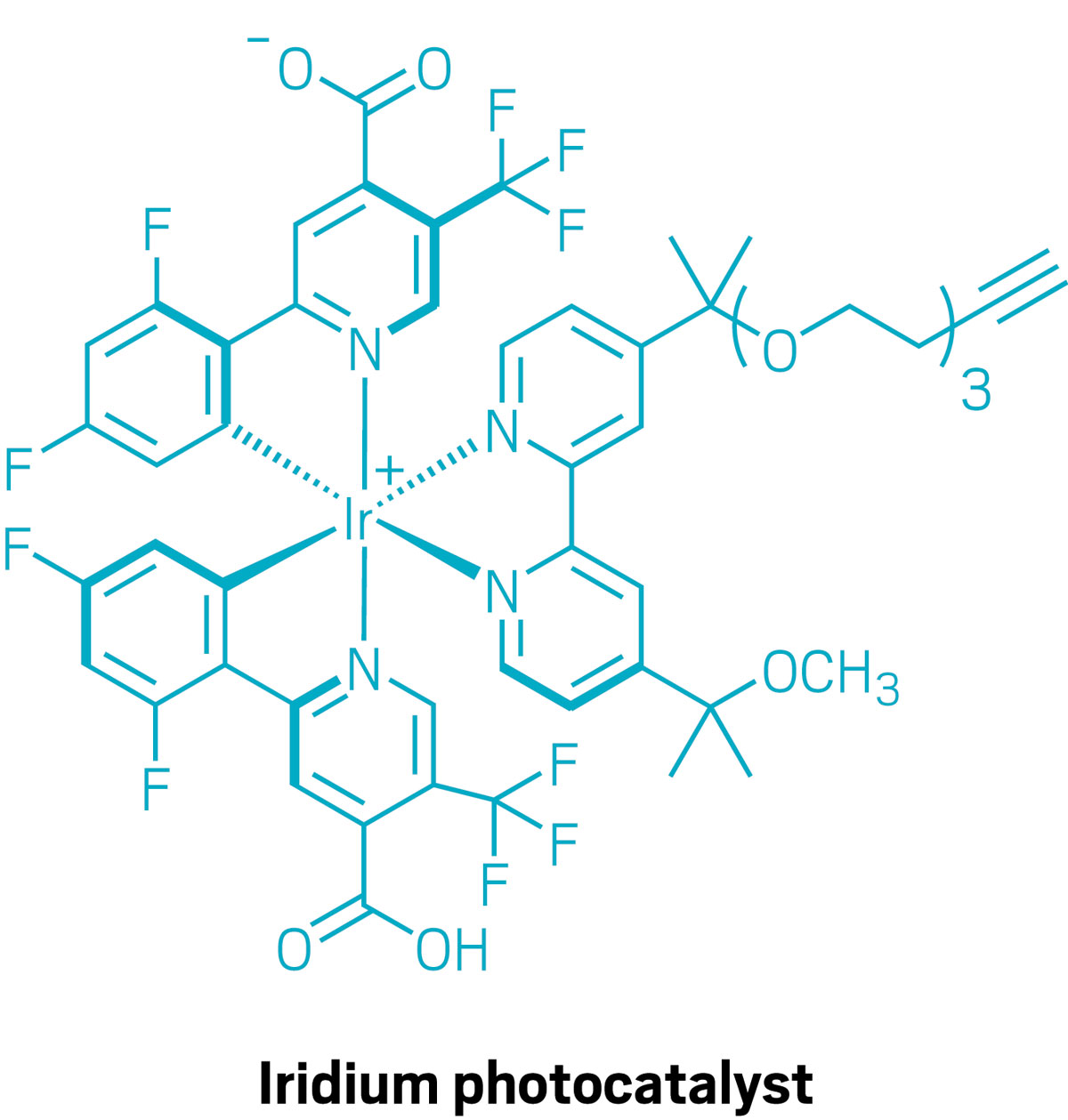
-
13%
The portion of oxide compounds that obey four of the five rules proposed by Linus Pauling (shown) for how ionic compounds form crystal structures (Angew. Chem., Int. Ed. 2020, DOI: 10.1002/anie.202000829). The analysis of the compounds was one of the first tests of the rules since they were proposed more than 90 years ago.
-
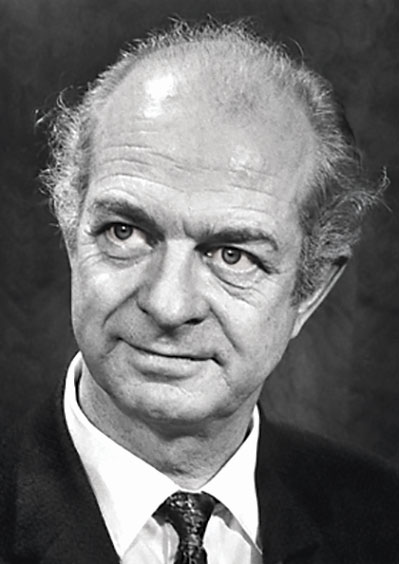 Credit: Nobel Foundation
Credit: Nobel Foundation -
10,000
The number of charge cycles that a supercapacitor made from a brick filled with conductive polymers can endure (Nat. Commun. 2020, DOI: 10.1038/s41467-020-17708-1).
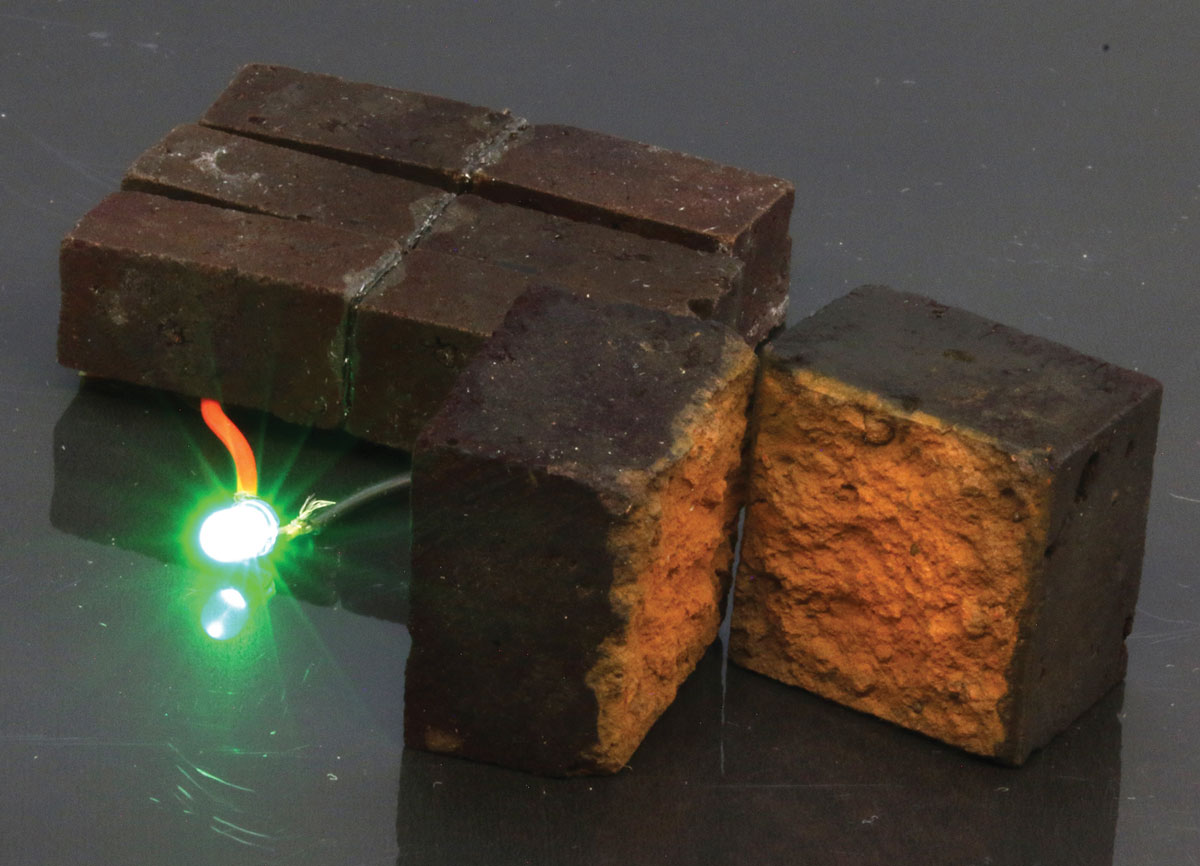 Credit: Nat. Commun.
Credit: Nat. Commun. -
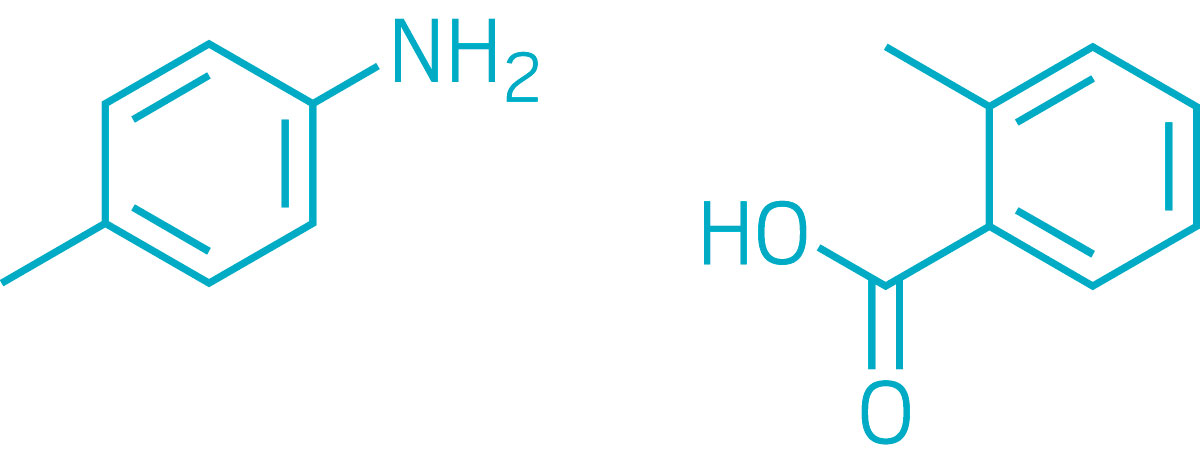
-
320
The number of ways an amine and a carboxylic acid (shown) can react, including possible reactions that chemists have yet to try in the lab, according to a mathematical model (Nature 2020, DOI: 10.1038/s41586-020-2142-y).


Join the conversation
Contact the reporter
Submit a Letter to the Editor for publication
Engage with us on Twitter